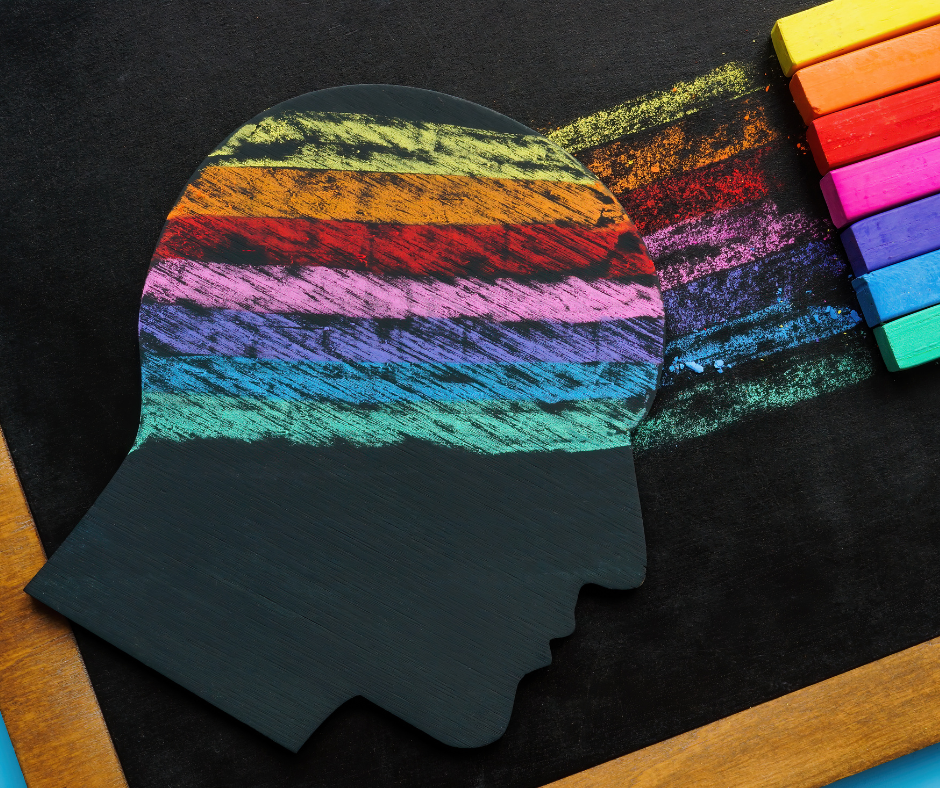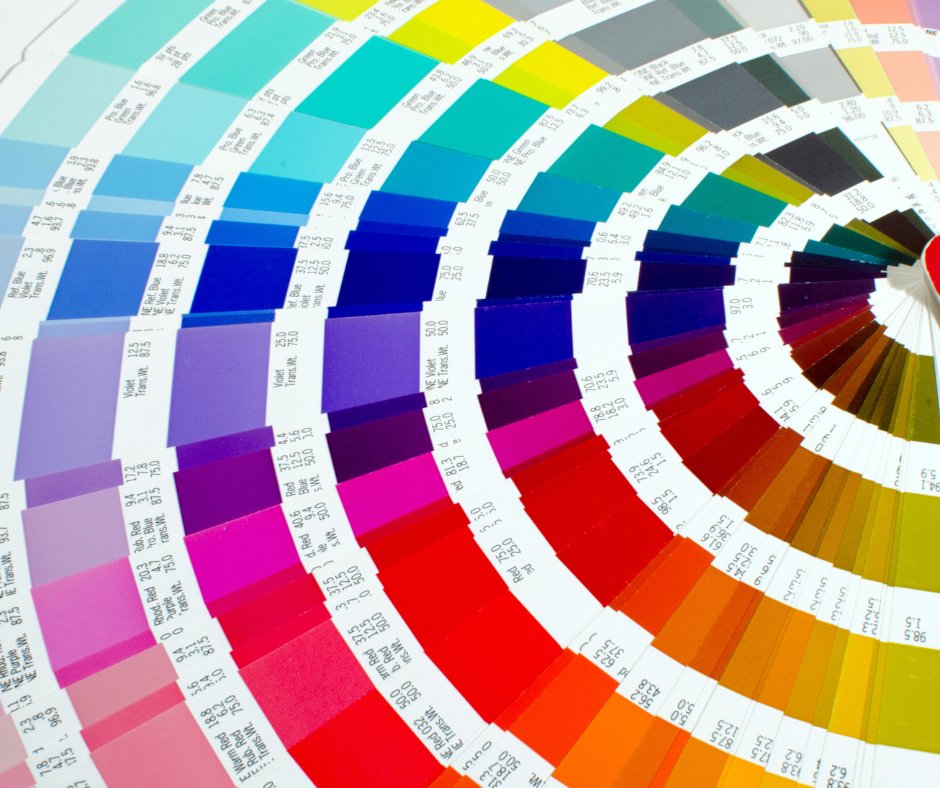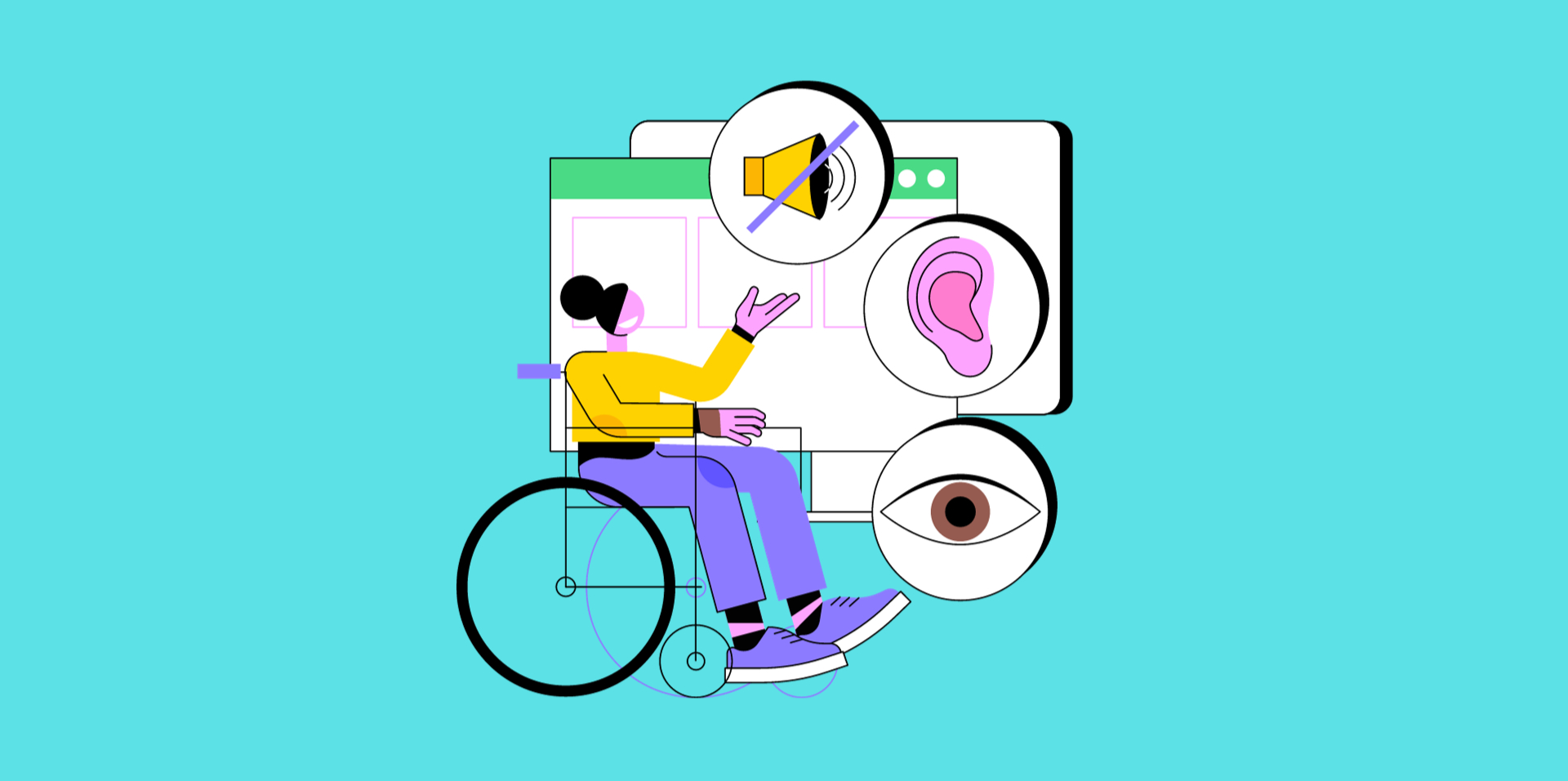Neurodiversity refers to the natural variation in neurological traits, with conditions such as ADHD, dyslexia, autism and more. Web design for neurodiversity focuses on creating websites that are inclusive and accessible to individuals with these neurodivergent conditions. Designing sites with neurodiversity in mind ensures that people with these conditions can access and use digital content comfortably and effectively.
If you’d like to make your website more inclusive, please don’t hesitate to contact us; our expert team will be happy to help.
Understanding the Needs of Neurodiverse Users
Understanding the needs of neurodiverse users involves considering their specific requirements for an inclusive and accessible online experience.
Neurodivergent users, such as those with autism, ADHD, or dyslexia, may have sensory differences, alternative cognitive processing styles, and different communication preferences.
For example, some users may require alternative formats for content, such as visual symbols or simplified language, to aid comprehension. Others may benefit from the ability to customise website settings, such as adjusting font size or colour contrast.
Providing clear and consistent navigation structures can help users with executive function challenges easily navigate the website.
It’s essential to recognise that neurodiverse individuals have different needs and preferences, and striving to meet these requirements can create a more inclusive and user-friendly online environment for everyone.

Web Content Accessibility Guidelines
When considering making your website accessible, you must learn about WCAG. These are a set of internationally recognised standards developed by the World Wide Web Consortium (W3C) to ensure that digital content, including websites and web applications, is accessible to people with disabilities.
These guidelines provide a comprehensive framework for creating online content that can be easily understood and navigated by individuals with various disabilities. By adhering to WCAG, website owners and developers can make their online platforms inclusive, enhancing the user experience for all, regardless of their abilities. Achieving accessibility fosters inclusivity, ensures compliance with legal requirements, and promotes ethical design practices.
Clear Visual Hierarchy
Visual hierarchy is crucial in making a website accessible for neurodivergent users. By strategically prioritising and organising content through colour, scale, grouping and other design elements, a website can more effectively guide users with cognitive differences through information.
Bold entities, such as headings and key points, help users quickly identify and process important information, reducing cognitive overload. Organising this layout, with a clear focus on essential content, enhances readability for neurodivergent individuals, ensuring they can access and navigate the website with greater ease and comfort.
Clear and Consistent Layouts
Maintaining a clear and consistent layout for your website is vital for allowing easy navigation across the site. Ensure that information is presented in a clear and organised manner. Avoid using complex language or jargon, opting instead for plainer language. It’s also vital that the navigation is consistent throughout the website, allowing users to find and access information quickly.
Incorporate visual aids, such as icons or images, to support understanding and help many users process information more easily. Provide options for customisation, allowing users to adjust text size, colour contrast, and background settings to suit their needs.
Avoid cluttered layouts and excessive visual stimuli that can overwhelm individuals and cause a sensory overload. To accommodate different cognitive styles, provide multiple ways to navigate the website, such as a search bar or a sitemap.
Consider incorporating visual cues, such as icons or colour-coding, to help users quickly understand the purpose and function of different elements.
Colour Choices
Be mindful of colour choices. Some individuals with neurodivergent conditions may have sensory sensitivities, so it’s important to avoid overly bright or contrasting colour schemes that can be overwhelming. Also, ensure that any text and background colours provide sufficient contrast.

Implementing Assistive Technologies for Inclusive Web Design
To achieve inclusive web design, use assistive technologies that cater to the needs of neurodiverse individuals. Implementing these technologies can ensure your website is accessible and usable for a broader range of users.
One such technology is screen readers, which convert text to speech, enabling individuals with visual impairments to navigate and understand the website content. Implement proper HTML tags (e.g., headings, lists and tables) across your site to structure content logically and meaningfully, making it easier to navigate with screen readers and other assistive technologies.
Another helpful tool is speech recognition software, which allows individuals with motor disabilities to interact with your website using their voice.
Captions and transcripts can be added to videos to assist people with hearing impairments. It’s also important to consider the use of alternative text for images, as this allows those with visual impairments to understand the content of the images.
Web design for neurodiversity
Embracing neurodiversity is essential for creating a more inclusive web that caters to the diverse cognitive abilities of users. By understanding and addressing the needs of the neurodiverse, we can design user-friendly interfaces and navigation options that ensure everyone can access and engage with online content effectively.
If you would like an accessibility audit or to improve your site’s user experience, please don’t hesitate to contact us.
